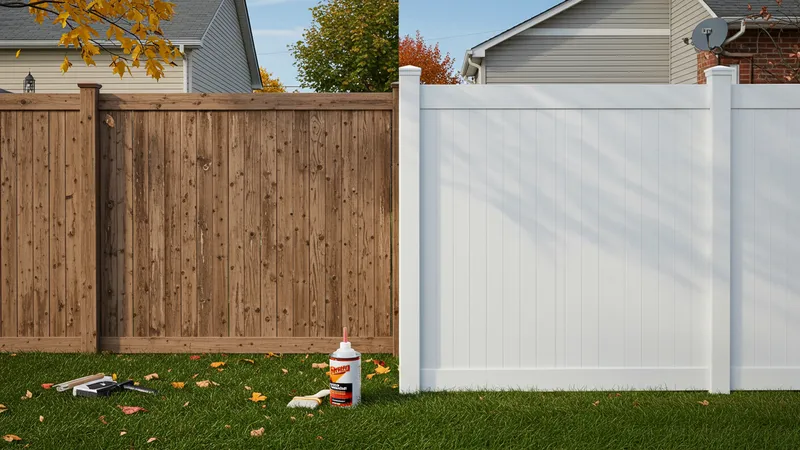
How To Select The Best Garden Fence For Your Needs
Maintenance Demands and Longevity of Garden Fences
U.S. homeowners soon discover that the lifespan of a fence is only as long as their commitment to regular upkeep. Wooden fences, while timeless, need seasonal inspections for loose boards, splinters, and signs of rot. Most experts recommend applying a sealant or outdoor paint every 2-3 years, especially in areas with freezing winters or heavy rainfall. Skip this routine, and the panels may warp or attract pests, reducing curb appeal and function.

In contrast, vinyl fencing’s maintenance advantage is a major selling point nationwide. Its non-porous surface resists mold and doesn’t require painting, so even homeowners in humid coastal states enjoy bright, intact panels year after year. Inspection is still important, as extreme impacts from falling branches or errant soccer balls in suburban yards may crack panels. Fortunately, replacement boards are widely available at U.S. retailers.
Galvanized steel wire fencing stands up to rain, snow, and humidity, but it’s smart to check for slack lines and ensure anchor posts remain solid. Some animal owners electrify wire fences for added security, common in rural parts of the United States. While wire rarely rusts when coated, any scratches or cuts should be sealed with rust-inhibiting paint to prolong the fence’s lifespan.
Thoughtful maintenance planning can save money and time. Creating a seasonal task list, scheduling annual inspections, and quickly addressing repairs will prolong any fence’s life—maximizing the return on your initial investment. Looking ahead, local regulations and neighborhood style guidelines present one more layer of complexity for U.S. homeowners selecting the ideal fence.